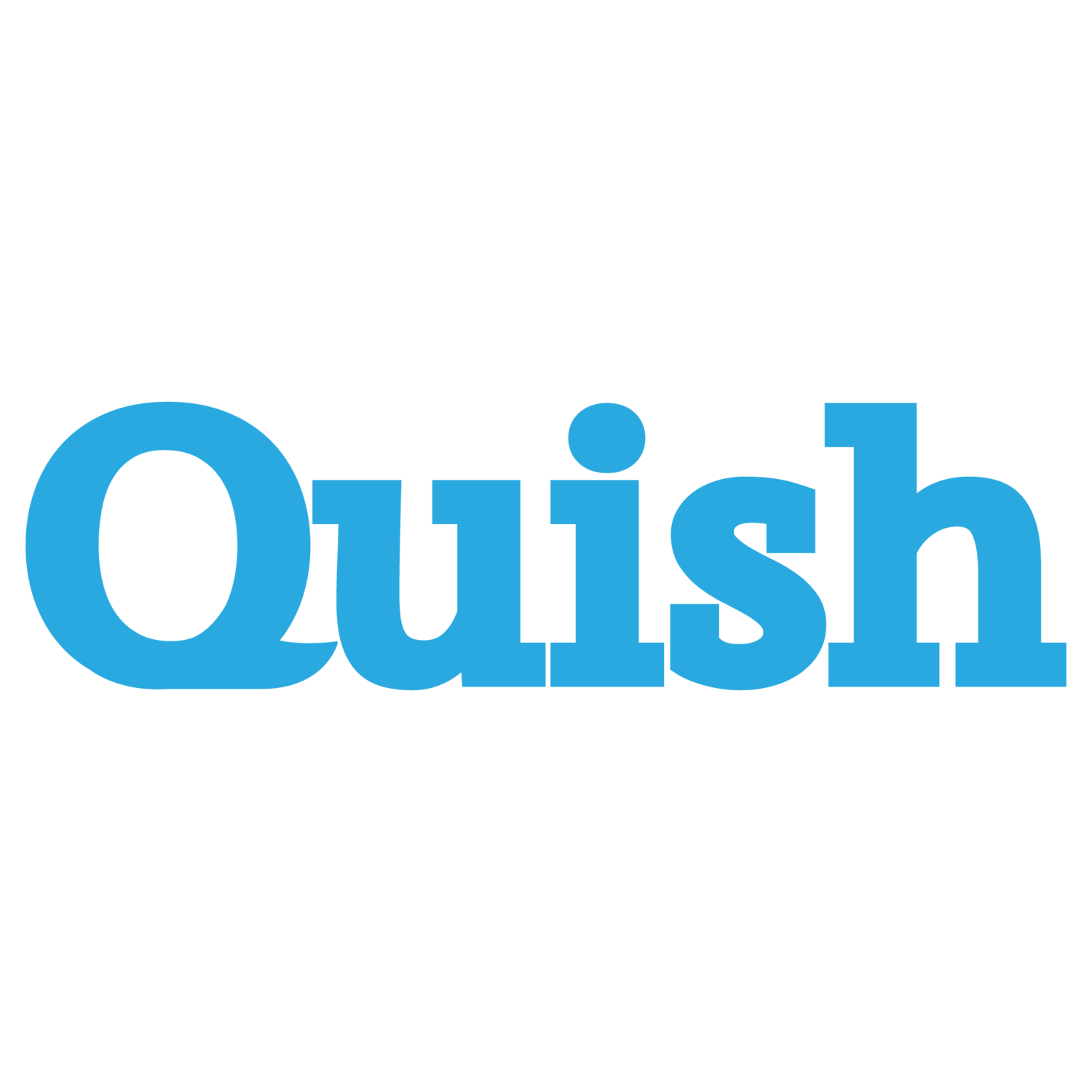Traders who see nary any nature love their animal metaphors – bulls, bears, doves, hawks, wolves, black swans, and even unicorns.
On May 1, Jerome Powell, the Chairman of the Federal Reserve, surprised with dovish content and seems to have ignited a bit of ye olde Keynesian animal spirits.
With the rate sensitive stock index - the Nasdaq - up nearly 8% since Powell’s May 1 presser, we should look at what he said and why it matters so.
What everyone expected Powell to say – and what he did say - was that for now rates would stay unchanged (cue frowny face).
Federal interest rates – the base rate on which most other interest, including mortgages and business lending are based - are currently an astronomical 5.25%, the highest level in more than 23 years. (And they have been at this arguably punitive yet inflation-busting rate since last July.)
What Powell did say that sent investors hearts aflutter - yes, the markets literally advanced as he was talking:
A rate hike at the next policy meeting or even this year is unlikely,
His “personal forecast” if for “further progress on inflation this year,” and
The Fed would cut rates if the labor market unexpectedly weakened.
As one pundit put it, Powell clearly sent the unexpected message "rates are too high and cuts are matter of when, not if."
As I see it, the May 1 comments may well have been our introduction to the Powell put.
For the record, an eponymous put is not new.
Alan Greenspan, Fed Chair from 1986 – 2006 was notorious for the so-called Greenspan Put.
While never the stated goal, Greenspan’s policies seemed to always staunch any serious market decline, basically acting as a form of insurance against major stock market losses - akin to a trader's put option.
Similarly to what Greenspan was up to back in the day, it seems we may be entering an analogous era where Fed policy might - albeit unintentionally - backstop steep market declines.
With August’s big Fed shindig in beatific wild-life abundant Jackson, WY we’ll find out soon if the Powell put has legs.


